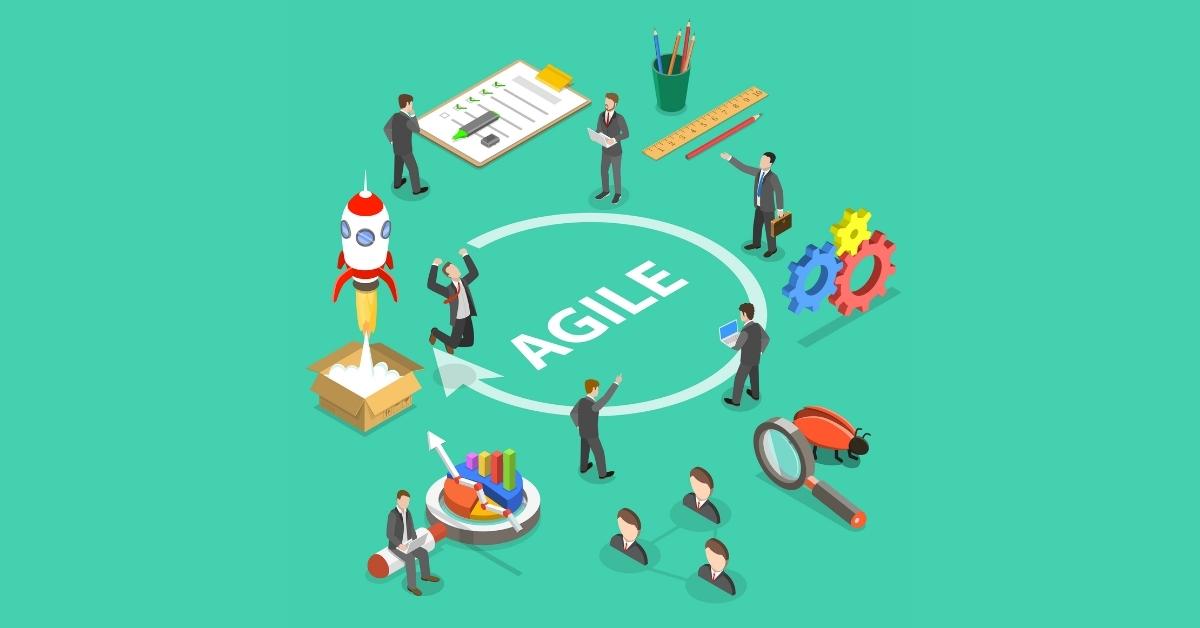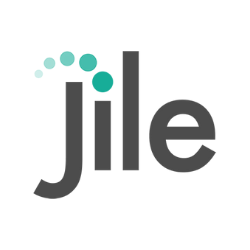Agile Methodology in Project Management - 2022

Agile methodology in project management has been gaining more and more traction over the last decade. It is an iterative and incremental process, where work proceeds in short cycles called 'sprints.' This approach can be used to manage any kind of project, irrespective of the industry.
With that being said, Agile Project Methodology has a broad scope and can be used for different purposes. Agile teams are often able to work on projects more quickly than traditional teams because they do not follow strict guidelines or pre-set plans. This allows them to get work done faster while still meeting deadlines.
"This article will provide you with a brief introduction to agile methodology in project management, including some key methodologies involved in the Agile Project Management process."
Agile Methodologies Overview
There are many different methodologies that fall under the agile umbrella. Each one has its own set of rules for how work should be completed, and each team works in a slightly different way. There is no 'one size fits all' approach when it comes to Agile methodology because every project will have different requirements based on the industry or purpose.
Therefore, Agile methodologies are those that utilize common agile concepts and adapt them to cater to different industries. They may be slightly more rigid than other methodologies because they need to cover a wider area, therefore increasing the number of rules and guidelines that teams must follow.
The Agile methodology process begins with an initial planning phase known as 'ideation,' which is where work on the project begins after being authorized by management. This is followed by requirements gathering, design activities, construction or coding phases, Agile Testing phases, delivery/deployment stages, before finally finishing off in handover or closure stages if necessary. This can all happen within one sprint cycle for smaller projects but larger projects might have multiple iterations across several months until completion.
Application of Agile Methodology
There are many different applications of agile methodology in project management. The most common use is for Agile methodology software development, where teams follow a set of prescribed rules to develop and release new versions of software. However, agile can also be used for product design, marketing projects, website development, and even business analysis.
One Agile methodology example is Scrum, which is a popular framework for software development. It follows a set of rules that allows Agile Developers to create and release new software in short cycles, called 'sprints.' This helps teams to be more flexible and responsive to changes while still meeting deadlines.
The beauty of agile is that it can be adapted to any situation or industry.
Key Agile Methodologies
The seven most popular Agile methodologies include:
-
a. Scrum
In Agile Project Management with Scrum, work is divided into sprints that last for a set period of time. Sprints are usually around one month in duration and allow teams to focus on specific projects or stages within a project, before moving onto another stage at the end of each iteration. This helps clear up any confusion about what everyone should be working on while still giving more flexibility than other methodologies. Scrums involve daily meetings where the team discusses its progress from the previous day and plans out how the team members will complete tasks during that current day with scrum agile project management software.
-
b. Extreme Programming (XP)
XP is designed for software development teams and follows a set of values that helps them to be more productive. These values include things like 'continuous testing' and 'simplicity.' XP also promotes the idea of feedback, which means that developers should constantly be getting feedback from their users in order to make changes and improvements as needed. Moreover, in this Agile methodology process, work is completed in short cycles known as iterations. A typical iteration lasts around two weeks, and during this time, the team will complete all the tasks necessary to release a new version of the software. This includes design, coding, testing, and user feedback.
-
c. Adaptive Software Development (ASD)
ASD is a more general agile methodology process that was designed to help teams work on any type of project. The goal here is for developers and stakeholders to be able to collaborate, so they can share information, reduce risk, increase transparency, and improve flexibility throughout the development process. ASD also includes specific roles, such as the business analyst who works with customers or users from outside of the team, in order to gather their requirements before delivering those back into production.
-
d. Dynamic Software Development Method (DSDM)
DSDM is a popular agile methodology for projects that require significant changes to the way things are done. This could include anything from implementing new software or systems to making large-scale changes to an existing business. DSDM follows a 'just in time' philosophy, which helps teams avoid wasting time and resources on unnecessary tasks. Additionally, Agile methodology process also emphasizes the use of prototypes, so stakeholders can see what is being built and provide feedback early in the project.
-
e. Feature Driven Development (FDD)
FDD is a methodology that helps teams manage and track features from start to finish. In other words, it helps developers keep track of the individual features they are working on and how they will be integrated into the overall product. This can be helpful for projects with tight deadlines or those that require a lot of coordination between different team members. FDD also follows the idea of short cycles, which means tasks are completed in small batches so stakeholders can provide feedback early and often. Additionally, the Agile methodology process relies heavily on collaboration between team members, so everyone has a clear understanding of what needs to be done.
-
f. Kanban
Kanban is a popular Agile methodology for software for development. This process focuses on moving work through various stages and making sure every task has the right person with the right skills available to complete it. Kanban uses boards that contain different lists of tasks or cards, which are prioritized based on what needs to be done first and who can do it next. Cards move from one column (or list) to another as they get closer to being completed until finally reaching 'done'. Get started to plan and manage all your team's work with kanban software.
-
g. Behavior Driven Development (BDD)
BDD is a methodology that helps teams define, document, and test the behavior of the software. In other words, developers can create automated tests to ensure everything functions properly before moving into production rather than after. The Agile methodology process also encourages collaboration between team members. Hence, everyone has a clear understanding of how features should work and what needs to be done next in order for them to function correctly
Summary
To summarize the main points of this blog, Agile methodologies are widely used by software developers to improve speed and quality when developing new projects. These processes include Scrum, ASD, DSDM, FDD, and Kanban, which all follow different stages throughout their development cycle in order to help teams to work more efficiently together. So instead of working on tasks in sequential order, these methodologies encourage teams to work together throughout the entire process so they can develop software faster and with fewer errors. Get Jile free demo now!
Thanks for subscribing to our latest blogs, thought leadership and other product updates!
Read our Privacy Notice to know more. You can opt-out of all communications anytime.
